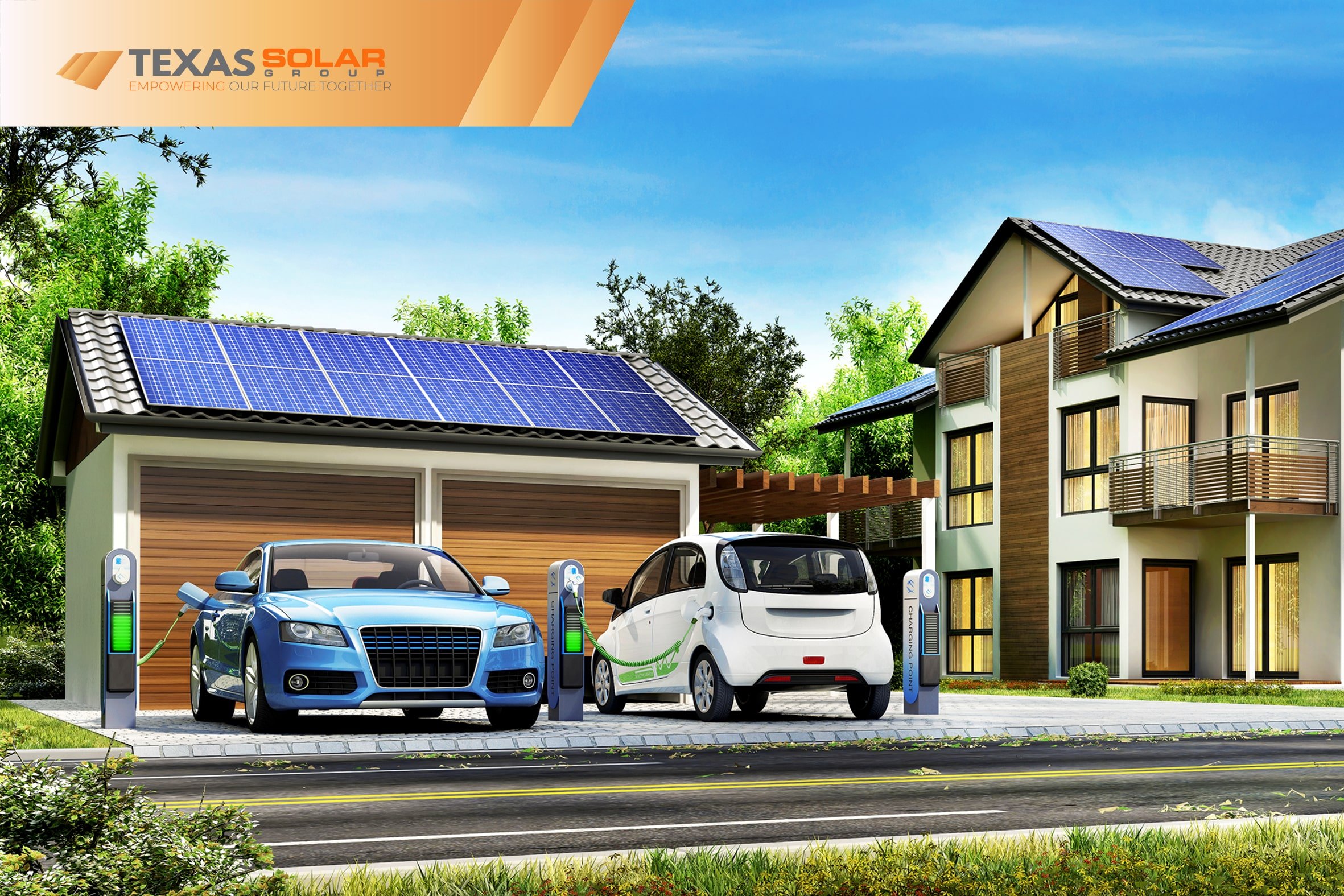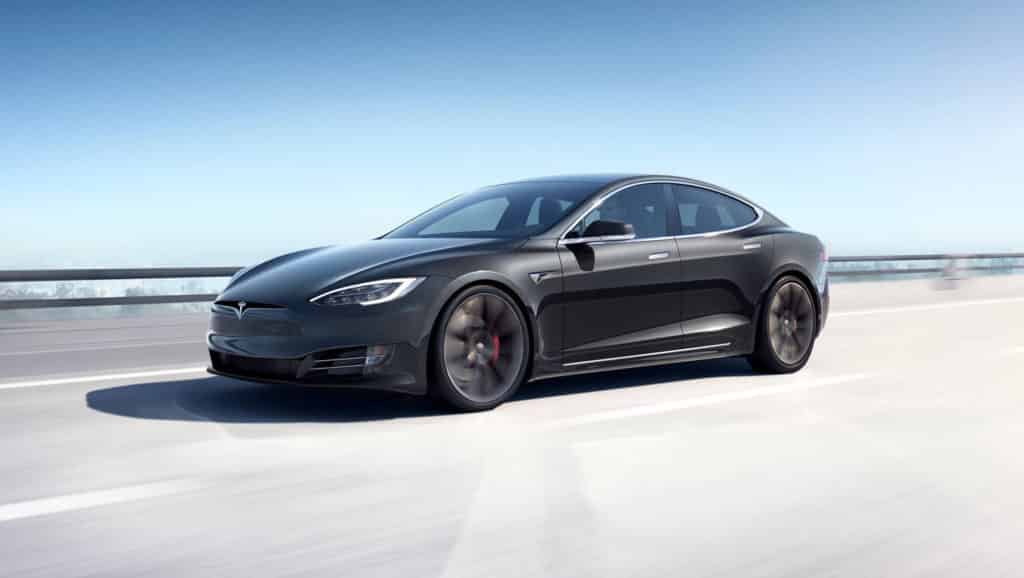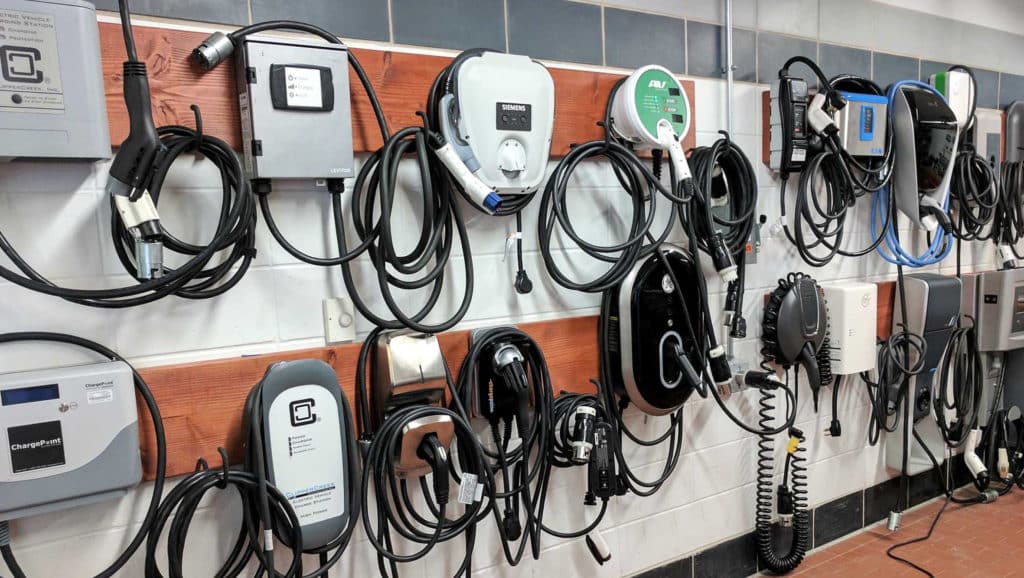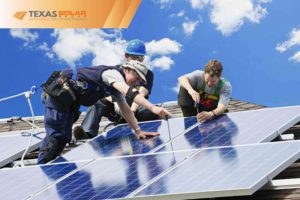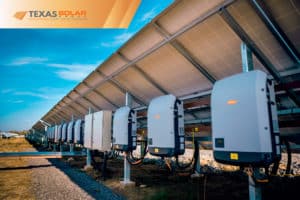Electric Vehicles are revolutionary innovations that have been invented to make the environment better. Those vehicles don’t have a polluting internal combustion engine. Instead, electric vehicles have an electric motor powered by a large traction battery pack. So this implies that EVs need Charging to operate, using electricity instead of fuel that pollutes the environment. When talking about EV Charging, one can imagine something as simple as plugging your car into a charger. However, there is much more to uncover behind that simple action, which is discussed in this article.
EV Solutions
Before going into the Charging details, let’s briefly discuss some of the EV advantages as practical solutions to today’s sound issues. Better and Safer Environment is not the only benefit of choosing Electric Vehicles. They are also cost-effective compared to traditional vehicles, thanks to the subsequent efficiency of electric-driven components. Moreover, diversifying the transportation market, EVs potentially ease the country’s burden relying on fuel imports. Hence, it provides energy security to the country from possible supply disruptions. Taking into account those benefits and other potential advantages, the states actively promote and encourage the purchase of EVs, offering various tax breaks and EV Charger Rebates.
EV Charging | Electric Vehicle Chargers
EV Charging Stations supply sufficient electricity to recharge electric cars and vehicles alike. There are 3 EV charger types -Slow, Fast, and Rapid. Slow charging is commonly used at Home, Charging EV overnight. It can also be found in public places, but to a lesser extent, surrendering its place to faster charging units. Slow EV Home Charger provides 3-6 KW within 6-12 hours. As for EV Fast Charger, it carries out either 7KW or 22 KW charging. The majority of the EV fast-charging provides AC charging. EV with 40KWH battery will be recharged 4-6 hours with 7 KW EV Car Charger, while 1-2 hour with a 22KW charger. Tesla Destination chargers also provide the option of an 11KW charger. The fastest way to recharge EV is with Rapid EV charging providing Direct Current. However, there are Rapid AC Chargers too which provide 43 KW power, charging EV in about one hour. Rapid DC charging with 50 KW power can charge in less than an hour. There are also Ultra Rapid DC EV chargers that hold the potential of 100 KW, 150 KW, or even 350 KW power of next-generation rapid charging.
Electric Vehicle (EV) Charging Stations
Now that we differentiate between charging types let’s discuss types of Charging Stations accordingly. There are 3 levels of EV Charging Stations.
Level 1 EV Charging Stations are the least expensive ones. Not surprisingly, they are mainly used at home, providing Slow Charging. This type of station provides power supporting two to five miles of range per hour. There is no need to install additional equipment for level 1 EV Charger since it uses 120 V AC plug which plugs into a standard wall outlet. Typical examples include Leviton EV Charger, AeroVironment EV Charger, and Orion EV Charger.
Level 2 EV Chargers can be installed both for home(240V plug) and commercial(208 V plug) purposes. This type of charger provides fast charging supporting up to 60 miles of range per hour. EV level 2 chargers are installed by professionals, very often being installed as part of the solar system. Solar EV Chargers harvest solar energy instead of electricity, being more cost-effective and environmentally-friendly. Among the Level 2 Best EV Chargers, you can find Bosch EV Charger, Siemens EV charger,Blink EV Charger, SolerEdge EV Charger, and JuiceBox EV charger.
Level 3 EV Charging Stations are also known as DC fast chargers, which, in about 20 minutes charging, support up to 100 miles of range. This type of station is only used for commercial purposes since it requires the installation of highly specialized equipment with substantial power.
EV Charging Station Map
So, how can we find EV Charging Stations nearby? It’s as simple as googling “EV Charger near me,” and you’ll find several EV Charger maps as a guide. There are many stations in parking areas on streets and nearby hotels, shopping centers, restaurants. Besides, you can find stations nearby driveways and workplaces. To meet the increase of the EV Charging demand, gas stations also provide the separate EV Charging stations. To make EV Charging Stations more accessible regional governments along with car manufacturers and charging infrastructure providers come to an agreement to foster a public network of EV Charging Stations.
How to Choose a Home EV Charger?
Indeed, you are intrigued by the importance of EV Charging Stations and the opportunities it upholds. Here are some tips on how you can choose the best EV Charger for you.Firstly, you need to understand where you are going to allocate the place for your EV charger. If you don’t have a garage and have to install it outside, you should pay a lot of attention to the charger’ durability. If you plan to move in the future to another house, there are Portable EV Chargers that you can unplug and take with you. Depending on where you are planning to install the charger, it’s important to keep in mind its size.
Moreover, It’s essential to consider the capacity and usage of your EVs and potential purchases in the future to be able to decide on the capacity of the charger. And last but not least, don’t forget to think of the time you can allocate for the charging of your EV.
Author of a publication: Elen Gevorgyan

